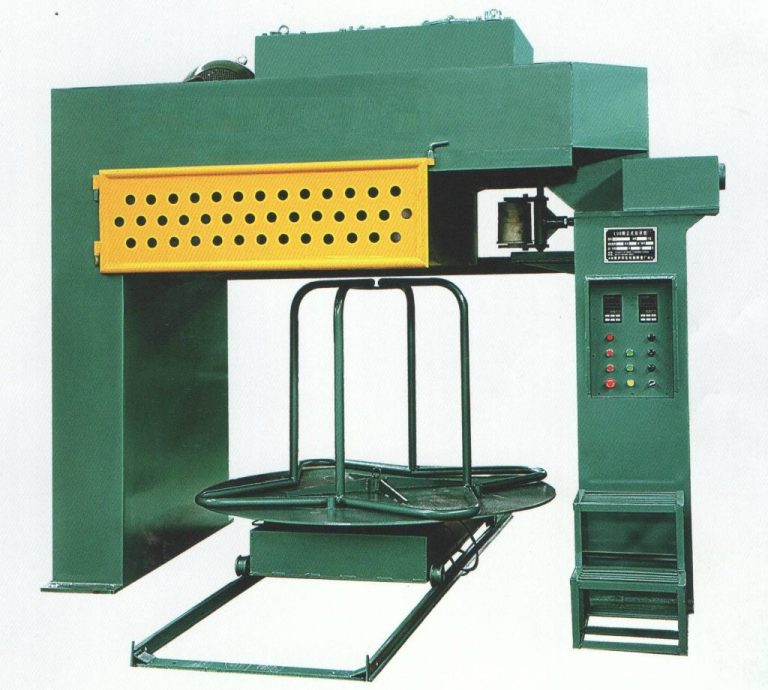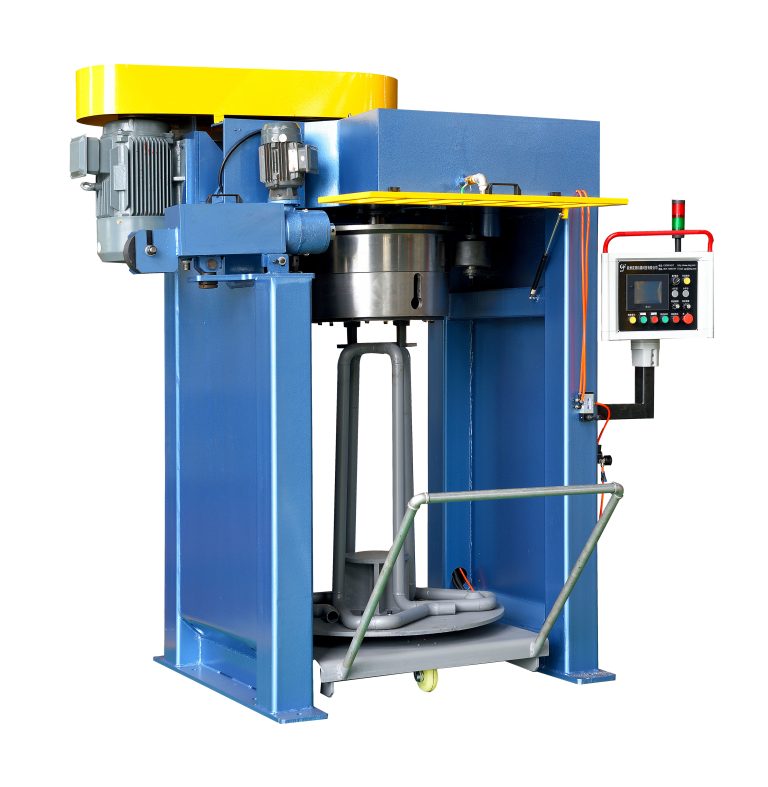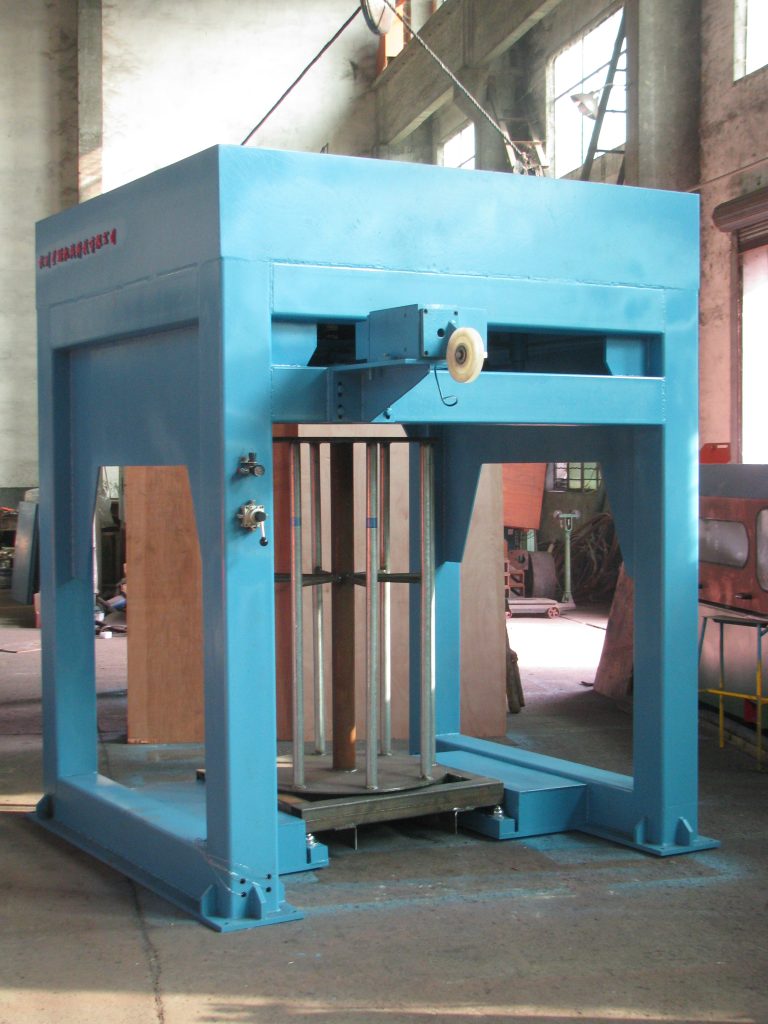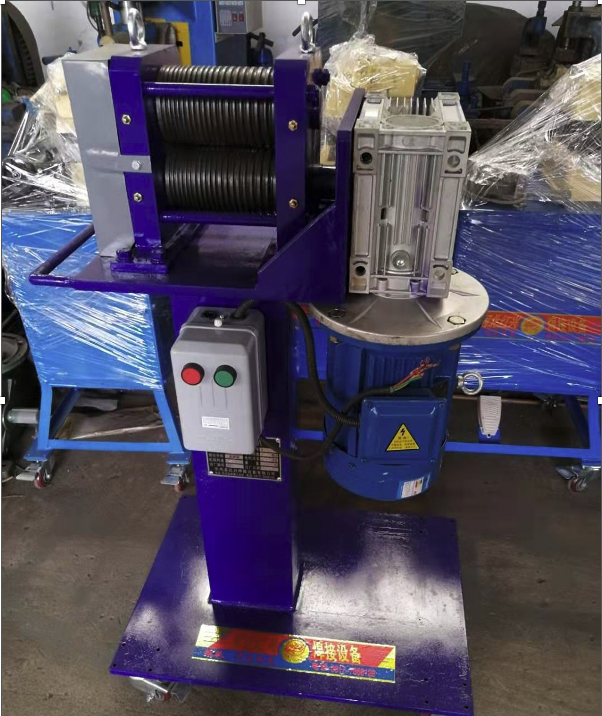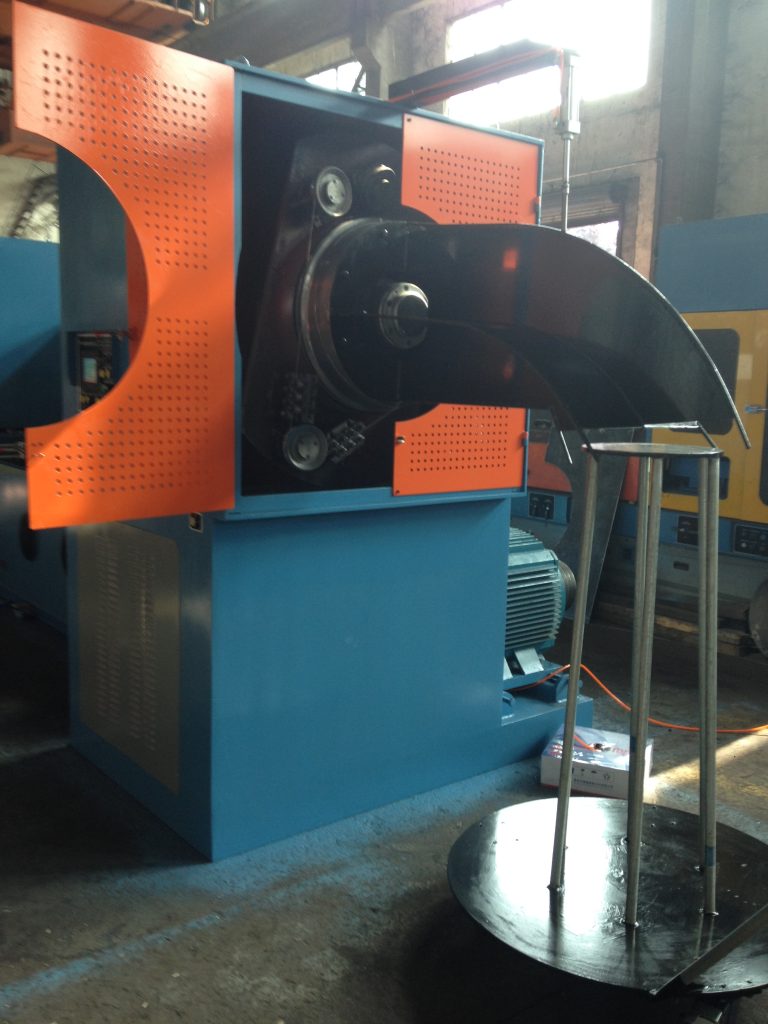Table of Contents
Common Issues and Troubleshooting Tips for Wire Butt Welding Machines
Wire butt welding machinery is essential tools in the manufacturing industry for joining two pieces of wire together. However, like any piece of equipment, these machines can encounter common issues that may hinder their performance. In this article, we will discuss some of the most common problems that can arise with wire butt welding machines and provide troubleshooting tips to help you resolve them.
One of the most common issues with wire butt welding machines is poor weld quality. This can manifest as weak or incomplete welds, inconsistent welds, or excessive spatter. Poor weld quality can be caused by a variety of factors, including improper machine settings, dirty or damaged welding electrodes, or incorrect wire alignment.
To troubleshoot poor weld quality, start by checking the machine settings. Make sure that the welding current, welding time, and pressure settings are all within the recommended range for the type and thickness of wire you are welding. If the settings are correct, inspect the welding electrodes for any signs of damage or contamination. Clean or replace the electrodes if necessary.

Another common issue with wire butt welding machines is overheating. Overheating can occur when the machine is operated at too high of a welding current or for too long of a welding time. This can cause the machine to shut down unexpectedly or even damage the internal components.
To prevent overheating, make sure to follow the manufacturer’s recommendations for welding current and welding time. If the machine does overheat, allow it to cool down before attempting to use it again. You may also want to consider investing in a machine with built-in thermal protection to prevent overheating in the future.
One of the most frustrating issues with wire butt welding machines is wire feed problems. This can manifest as wire jamming, wire slipping, or inconsistent wire feed. Wire feed problems can be caused by a variety of factors, including dirty or damaged wire feed rollers, incorrect wire tension, or improper wire alignment.
To troubleshoot wire feed problems, start by cleaning the wire feed rollers and inspecting them for any signs of damage. Adjust the wire tension as needed to ensure smooth and consistent wire feed. Make sure that the wire is properly aligned with the welding electrodes to prevent jamming or slipping.
Finally, another common issue with wire Butt Welders machines is electrode sticking. This occurs when the welding electrodes become stuck to the wire during the welding process, making it difficult to remove the welded piece from the machine.
To prevent electrode sticking, make sure to use the correct type and size of welding electrodes for the wire you are welding. Keep the electrodes clean and free of any debris that could cause them to stick to the wire. If the electrodes do become stuck, carefully remove them using a pair of pliers or a wire brush.
In conclusion, wire butt welding machines are valuable tools in the manufacturing industry, but they can encounter common issues that may hinder their performance. By following the troubleshooting tips outlined in this article, you can address these issues and keep your wire butt welding machine running smoothly. Remember to always follow the manufacturer’s recommendations for machine settings and maintenance to prevent future problems.
Benefits of Using a Wire Butt Welding Machine
Wire butt welding machines are a crucial tool in the manufacturing industry, particularly in the production of wire products. These machines offer a wide range of benefits that make them indispensable for businesses looking to improve efficiency and quality in their welding processes.
One of the key advantages of using a wire butt welding machine is the ability to achieve consistent and high-quality welds. These machines are designed to precisely control the welding process, ensuring that each weld is uniform and free from defects. This level of precision is essential for producing reliable and durable wire products that meet the highest standards of quality.
In addition to producing high-quality welds, wire Butt Welding For Wire Joining machines also offer significant time and cost savings. By automating the welding process, these machines can significantly increase productivity and reduce labor costs. This allows businesses to produce more products in less time, ultimately leading to increased profitability.
Furthermore, wire butt welding machines are highly versatile and can be used to weld a wide range of wire materials and sizes. This flexibility makes these machines suitable for a variety of applications, from automotive and construction to electronics and aerospace. Whether you are working with stainless steel, aluminum, or copper wire, a wire butt welding machine can handle the job with ease.
Another benefit of using a wire butt welding machine is the ability to reduce material waste. Traditional welding methods often result in a significant amount of material being lost during the welding process. In contrast, wire butt welding machines produce minimal waste, as they only require a small amount of material to create a strong and reliable weld. This not only helps businesses save money on materials but also reduces their environmental impact.
Additionally, wire butt welding machines are easy to operate and require minimal training to use effectively. This means that businesses can quickly integrate these machines into their production processes without the need for extensive training or specialized skills. This ease of use makes wire butt welding machines a practical and efficient solution for businesses of all sizes.
Overall, the benefits of using a wire butt welding machine are clear. From producing high-quality welds to saving time and money, these machines offer a wide range of advantages that can help businesses improve their welding processes and increase their competitiveness in the market. Whether you are a small business looking to streamline your production process or a large manufacturer seeking to enhance the quality of your wire products, a wire butt welding machine is a valuable investment that can deliver significant returns in the long run.
How to Choose the Right Wire Butt Welding Machine for Your Needs
Wire butt welding machines are essential tools for joining two pieces of wire together by applying heat and pressure to create a strong and durable bond. With a wide range of options available on the market, choosing the right wire butt welding machine for your specific needs can be a daunting task. In this article, we will discuss the key factors to consider when selecting a wire butt welding machine to ensure that you make an informed decision.
One of the most important factors to consider when choosing a wire butt welding machine is the type of wire you will be working with. Different machines are designed to handle specific types of wire, so it is crucial to select a machine that is compatible with the wire you will be welding. Whether you are working with copper, aluminum, or stainless steel wire, make sure to choose a machine that is suitable for the material you will be welding.
In addition to the type of wire, you should also consider the diameter of the wire you will be working with. Wire butt welding machines come in various sizes to accommodate different wire diameters, so it is essential to choose a machine that can handle the size of wire you will be welding. Using a machine that is not designed for the diameter of wire you are working with can result in poor weld quality and potentially damage the machine.
Another important factor to consider when selecting a wire butt welding machine is the welding capacity of the machine. The welding capacity refers to the maximum cross-sectional area of wire that the machine can weld. It is crucial to choose a machine with a welding capacity that meets your specific needs to ensure that you can effectively weld the wire you are working with. Selecting a machine with a welding capacity that is too low can result in incomplete welds, while choosing a machine with a welding capacity that is too high can be unnecessary and costly.
When choosing a wire butt welding machine, it is also essential to consider the power source of the machine. Wire butt welding machines can be powered by electricity, gas, or a combination of both. The power source you choose will depend on your specific needs and the availability of power sources in your work environment. Electric wire butt welding machines are typically more convenient and easier to use, while gas-powered machines are more portable and can be used in remote locations.
Additionally, you should consider the features and capabilities of the wire butt welding machine. Some machines come with advanced features such as automatic temperature control, adjustable pressure settings, and digital displays. These features can make the welding process more efficient and precise, so it is essential to choose a machine with the features that will best suit your needs.
In conclusion, selecting the right wire butt welding machine is crucial to ensure that you can effectively and efficiently weld the wire you are working with. By considering factors such as the type of wire, wire diameter, welding capacity, power source, and features of the machine, you can make an informed decision and choose a machine that will meet your specific needs. Investing in a high-quality wire butt welding machine will not only improve the quality of your welds but also increase your productivity and efficiency in your welding projects.

